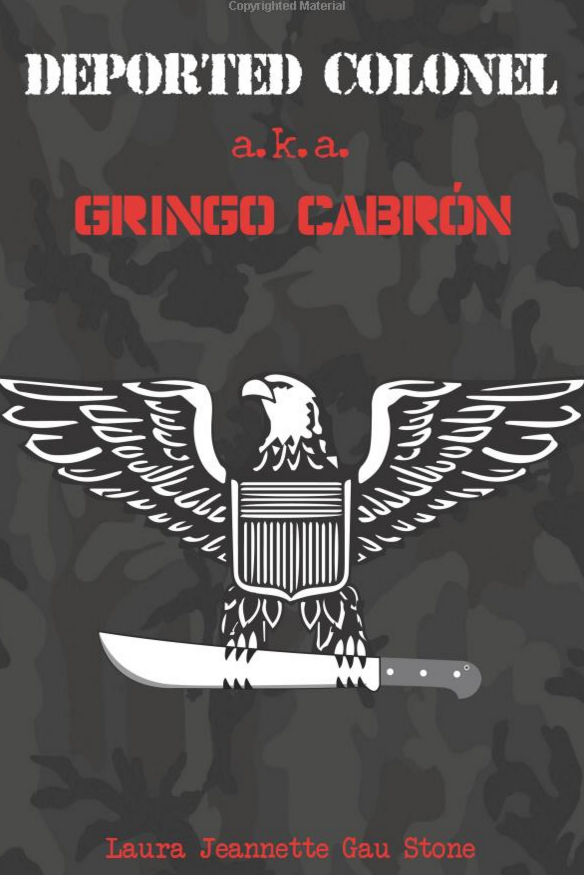The Library Book by Susan Orlean
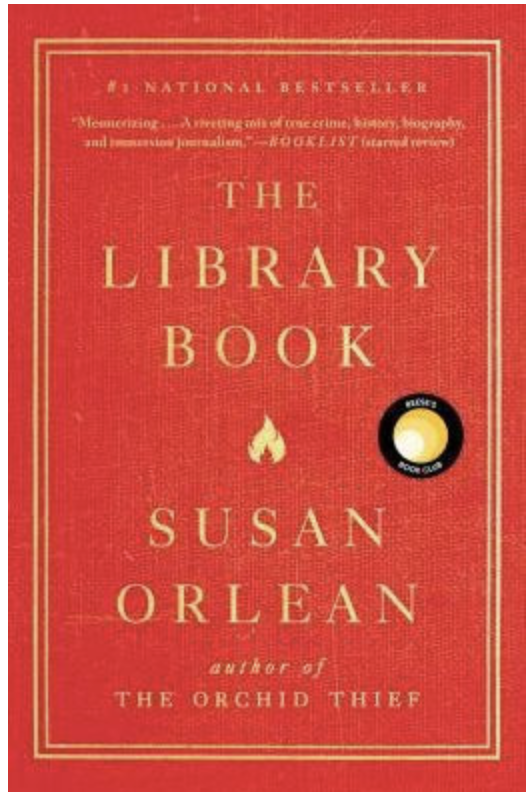 The Library Book by Susan Orlean
The Library Book by Susan Orlean
How can a book about the library be expected to hold our interest? Well, the main focus of this book is one particular library, the Los Angeles Public Library which famously almost burned to the ground in 1986, but it is really about much more. This book describes the long line of librarians who have played the leading role in this particular institution dating back to the 19th Century and forward to the modern age. As is often the case when discussing edifices where great things have happened, the architecture and the architects who created them are also very much a part of the story. The book also discusses the antagonism towards libraries by dictators and oppressive regimes throughout the ages characterized but not limited to the book burning by the Nazis.
The author obviously spent years compiling this book and shares with the reader her many hours of discussion with the people who work and serve in the library. It becomes clear that working in a library has been a calling for most of them and a dedication of skilled men and women who proudly wear the title librarian.
As the author travels through the halls of the library, we see how the function of a library is not only the presentation and the sharing of all types of books, but that the library also is a font of knowledge with availability of art, historical documents, patents, music and much more. As we travel through this building, we also appreciate that many of the daily inhabitants of the library are people of all ages; the elderly, children, scholars, students, artists, immigrants, etc. We see that the library is and can, not only be a place of obtaining special knowledge and education, but a place for social programs and creative, innovative activities. It is also interesting to see that the library is also often a refuge for the homeless.
In the past, the library became known as a place where one could visit and ask a dedicated staff to direct him or her to a source where they can get any type of information and answer any specific question. In fact, the library has always provided a phone service where you could call in and get an answer to the most unique or mundane question. Therefore, now that we are in the age of the computer, with Google, Alexa, and Siri, etc., where one can ask your own personal device any question and get an answer, one might think that the library should become an institution of the past. Interestingly enough, however, it appears that libraries are reinventing themselves and are becoming more popular than ever. Not only do the libraries, through the work of the dedicated librarian staff, assist people, how to reach and query the Internet about anything but they provide access to the most up-to-date equipment and technique for the use of everyone including the poor, the homeless, the elderly, children, everyone, et cetera. The library offers classes where people can be educated how to use these modern techniques. And of course, the library can also be a social meeting place. And most important, the library now is on the cutting edge of all forms of knowledge, history and communication. This book is an eye-opener that shows a library of the past, the present and the future.
If you wish to purchase this book from Amazon, please click here
Your comments are welcome below

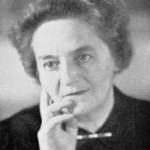
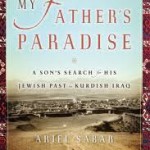
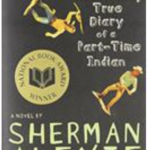
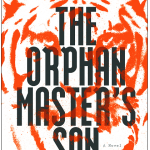

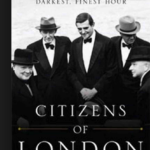
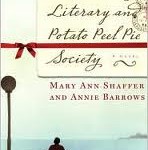

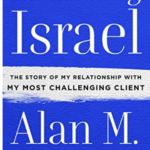
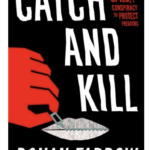



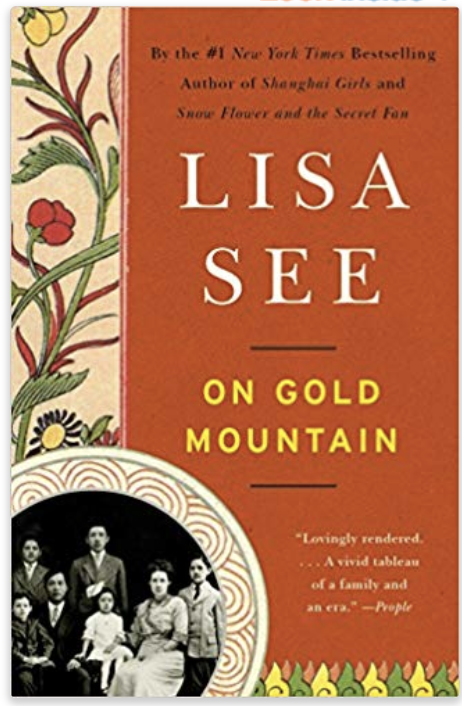 If you do not know it, “Gold Mountain” is California and the story begins as the author’s great-great-grandfather Fong See arrives on the West Coast of the United States where he works making herbal remedies for other Chinese men working to build the railroad.. The book traces his intermarriage to Ticie and how he becomes involved in Chinese antiques and furniture. The arc of the story includes three generations, many of whom stayed in the family business, mostly in the Los Angeles area. We followed the progenitor and other family members as they often visit China and give money to family back home, and bring old Chinese antiques and furniture back to the United States. We come to appreciate the outrageous discrimination against the Chinese including American laws that directly targeted this group. We also learn about Chinese customs including the practice where men often had multiple wives which might include concubines and prostitutes.
If you do not know it, “Gold Mountain” is California and the story begins as the author’s great-great-grandfather Fong See arrives on the West Coast of the United States where he works making herbal remedies for other Chinese men working to build the railroad.. The book traces his intermarriage to Ticie and how he becomes involved in Chinese antiques and furniture. The arc of the story includes three generations, many of whom stayed in the family business, mostly in the Los Angeles area. We followed the progenitor and other family members as they often visit China and give money to family back home, and bring old Chinese antiques and furniture back to the United States. We come to appreciate the outrageous discrimination against the Chinese including American laws that directly targeted this group. We also learn about Chinese customs including the practice where men often had multiple wives which might include concubines and prostitutes.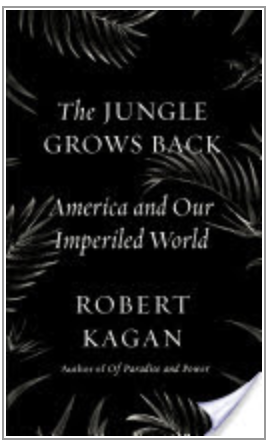
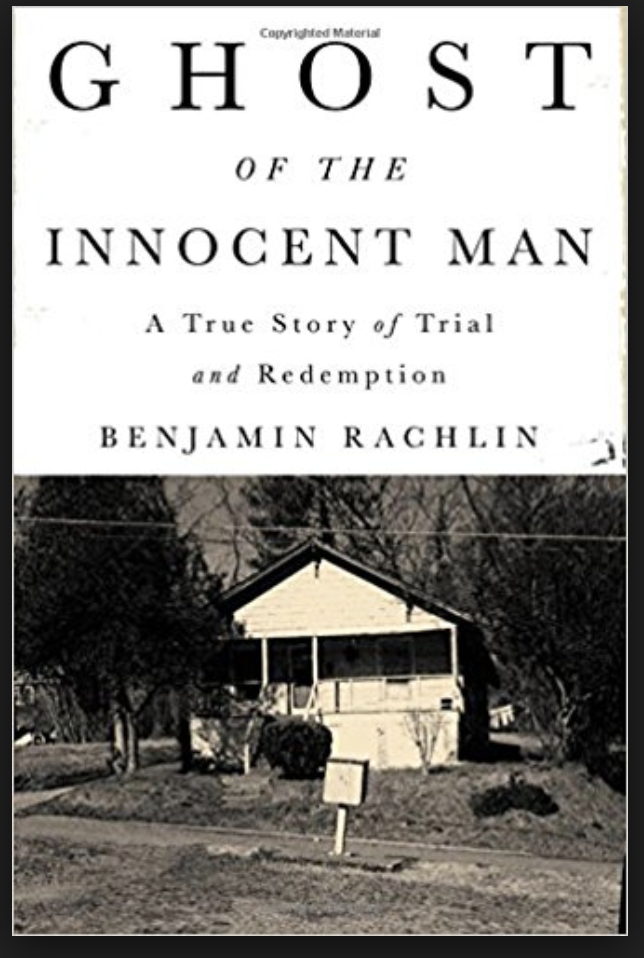 Ghost Of The Innocent Man: A True Story Of Trial And Redemption by Benjamin Rachlin.
Ghost Of The Innocent Man: A True Story Of Trial And Redemption by Benjamin Rachlin.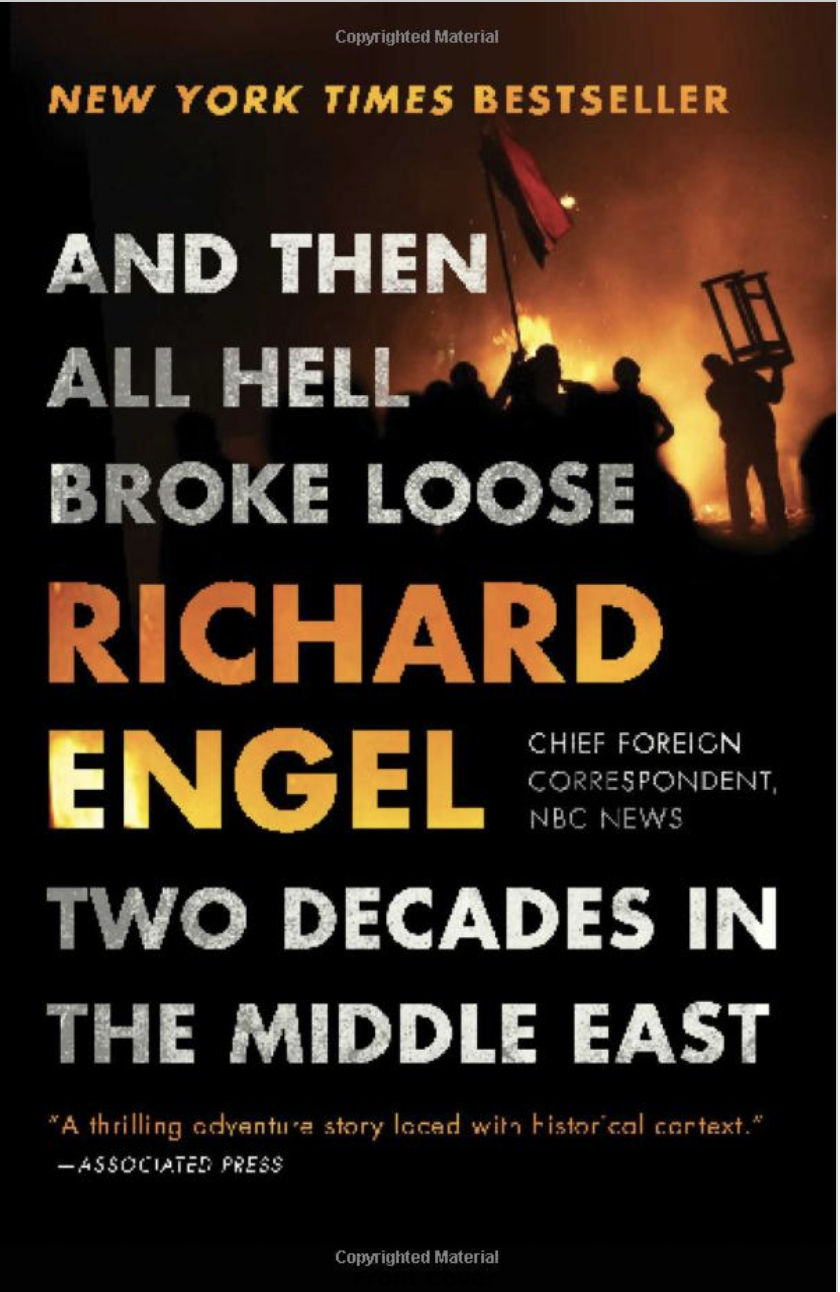 I have always enjoyed Richard Engel’s television reports from the Middle East. He comes across as a brave, dedicated, knowledgeable reporter. More recently, I have seen him on NBC with a helmet and flak jacket reporting riots and in the middle of dangerous situations. Therefore, it was quite interesting to read about his determination as a young man to be a reporter and why he chose to specialize in the Middle East. He certainly was ambitious, but he was willing to put in hard work and to climb a ladder going from a freelancer to NBC’s go-to person in the Mid East. His adventures included a situation where he was captured and held prisoner. The book had the makings of a interesting movie or documentary.
I have always enjoyed Richard Engel’s television reports from the Middle East. He comes across as a brave, dedicated, knowledgeable reporter. More recently, I have seen him on NBC with a helmet and flak jacket reporting riots and in the middle of dangerous situations. Therefore, it was quite interesting to read about his determination as a young man to be a reporter and why he chose to specialize in the Middle East. He certainly was ambitious, but he was willing to put in hard work and to climb a ladder going from a freelancer to NBC’s go-to person in the Mid East. His adventures included a situation where he was captured and held prisoner. The book had the makings of a interesting movie or documentary.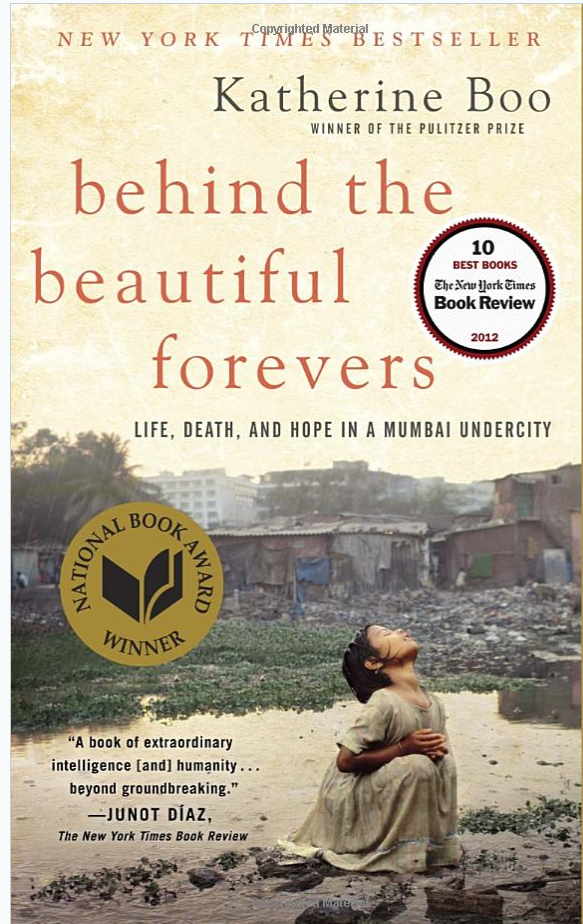 Behind the Beautiful Forevers by Katherine Boo
Behind the Beautiful Forevers by Katherine Boo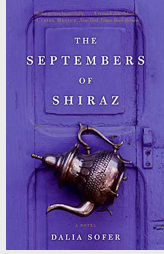
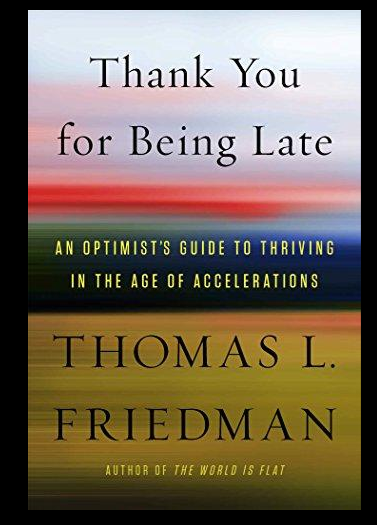
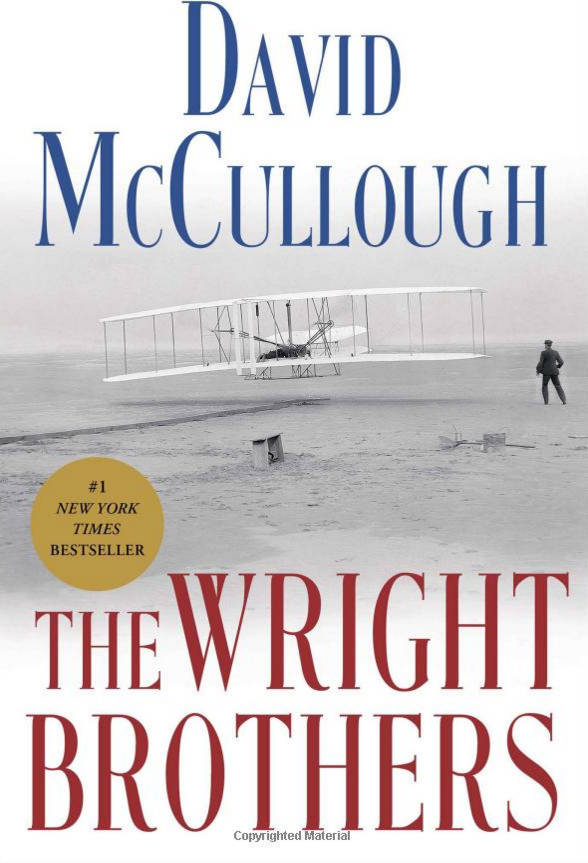 The Wright Brothers by David McCullough
The Wright Brothers by David McCullough